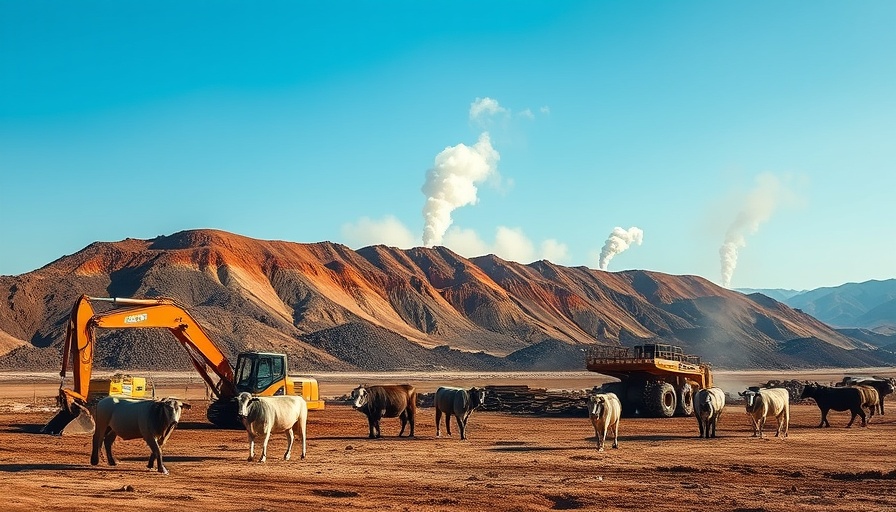
The Hidden Role of Nocturnal Pollinators
While most people admire buzzing bees and fluttering butterflies, recent findings have unveiled a captivating world of nocturnal pollinators that thrive in the moonlight. A groundbreaking study from Lund University in Sweden has revealed that these nighttime workers, including moths and bats, play a crucial role in pollinating as many as 90% of the plant species studied, matching their daytime counterparts in effectiveness.
This first-of-its-kind research challenges long-standing assumptions about pollination occurring predominantly during daylight hours. The study synthesizes evidence from 135 global studies, demonstrating that many plants experience equal reproductive success whether being pollinated at night or during the day. This finding raises important questions about the balance of ecosystems and the significance of both night and daytime pollinators.
Why Nighttime Pollination Matters
The significance of this research cannot be overstated. Pollinators, whether active at night or during the day, are essential for the reproduction of most flowering plants and thus for global food production. With more emphasis usually placed on daytime pollinators, nocturnal species have often been overlooked. The new data presented by researchers Liam Kendall and Charlie Nicholson highlights that the flexibility of pollination means many plants can adapt to different pollinators, a fact that could reassess conservation strategies.
This newfound understanding opens avenues for greater biodiversity conservation efforts. By illuminating the role of nocturnal pollinators, conservationists can identify new strategies to protect these species which are often underrepresented in environmental discussions.
Re-evaluating Conservation Strategies
Conservation strategies have traditionally focused on well-known daytime pollinators, but this new information prompts a necessary shift in perspective. Plant species that thrive under the moonlight rely on urgent conservation efforts to preserve not only their own kind but also the nocturnal pollinators that facilitate their reproduction. By recognizing the full spectrum of pollinators at work, we can cater conservation policies accordingly, ensuring the protection of these vital nocturnal species.
Incorporating nighttime pollinators into conservation frameworks could create a more balanced ecosystem, as these creatures contribute to the pollination of many crops which humans depend on. Ignoring their significance jeopardizes the stability of food supplies and biodiversity, underscoring the urgent need for integrated conservation approaches that appreciate both day and night pollination.
The Potential for Late-Night Gardens
As gardeners and eco-enthusiasts, understanding the role of nocturnal pollinators can provide a fascinating opportunity to create late-night gardens. By planting flowers that bloom in the evening and attract moths and bats, we can cultivate spaces that not only beautify our surroundings but also support these important pollinators. Examples include moonflowers or evening primrose, known for their night-time allure.
These garden spaces can serve dual purposes: enhancing personal enjoyment and contributing positively to local ecosystems. Engaging in such efforts embodies a growing trend toward eco-conscious living, offering practical steps individuals can take to support biodiversity in their immediate environment.
 Add Row
Add Row  Add
Add 




Write A Comment